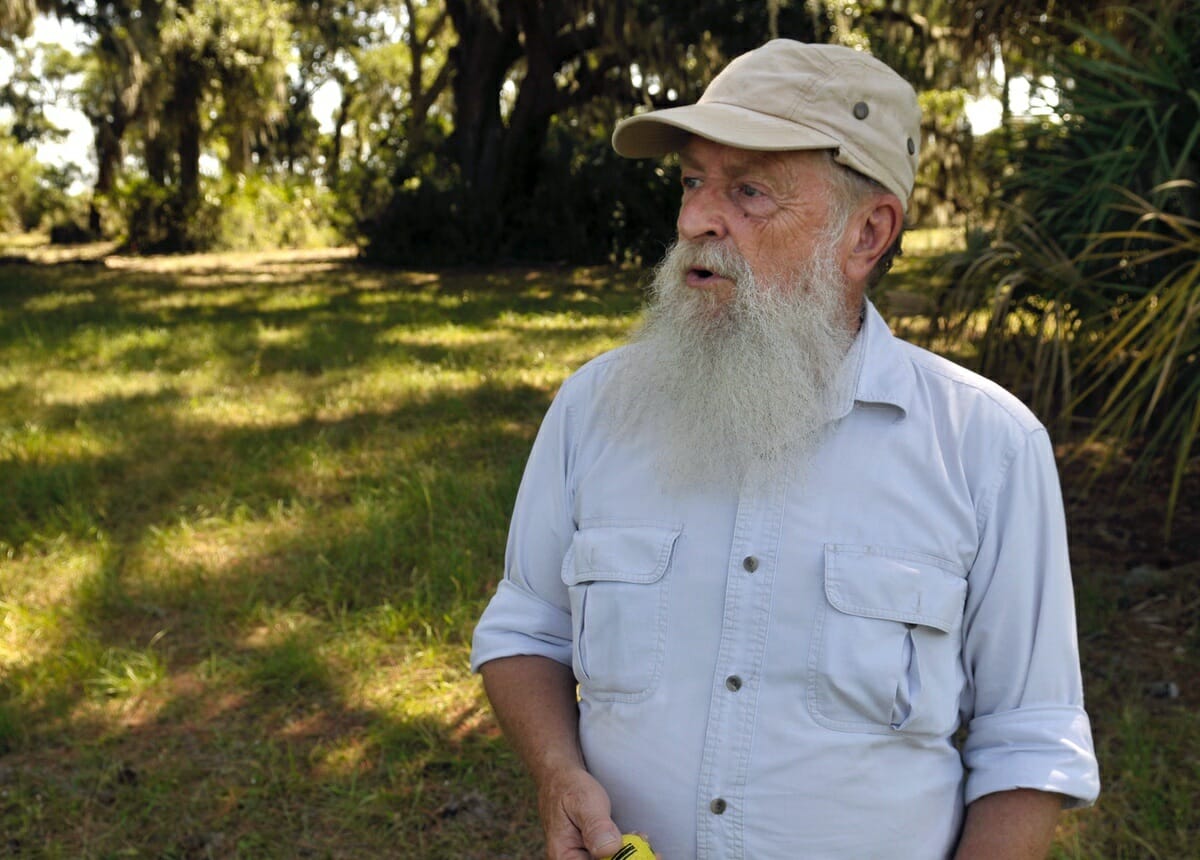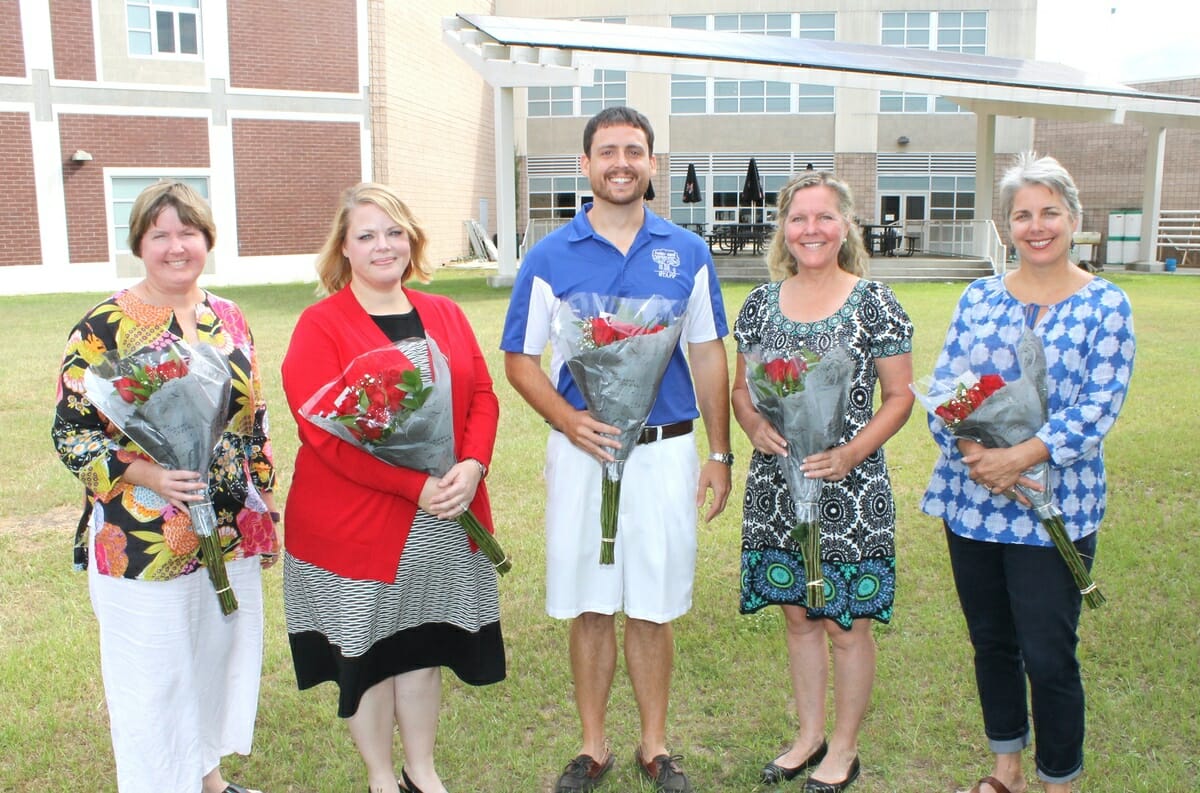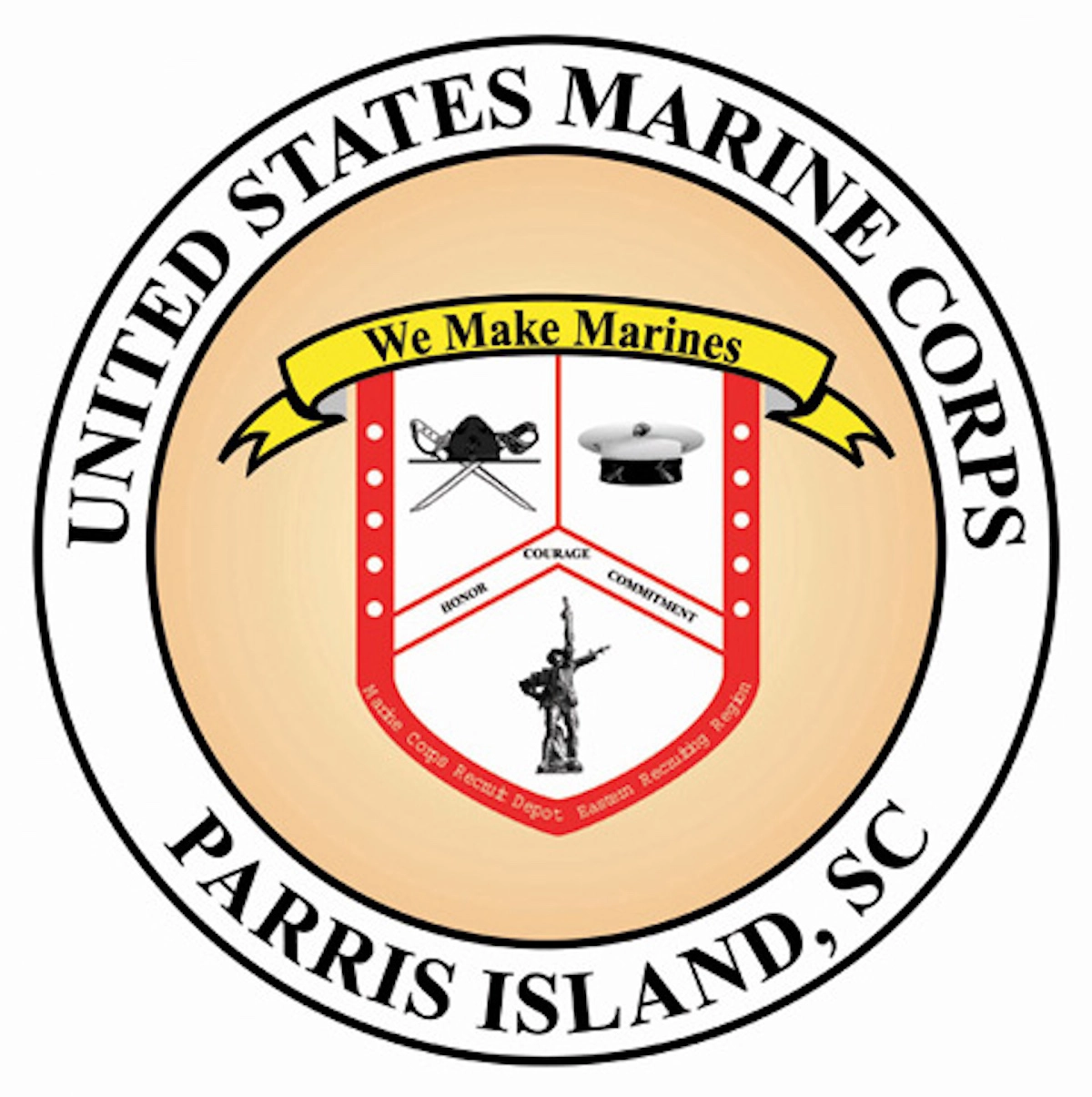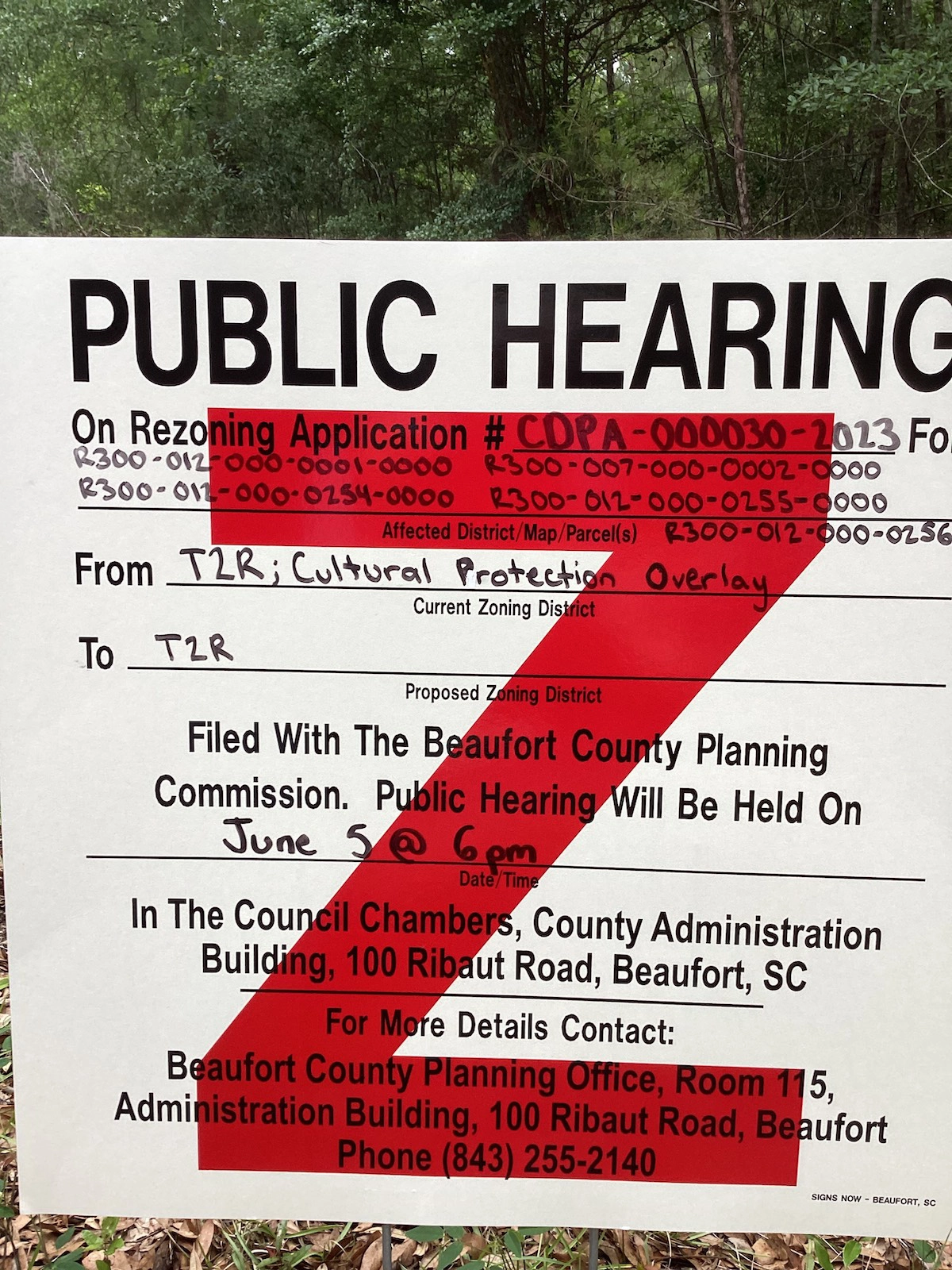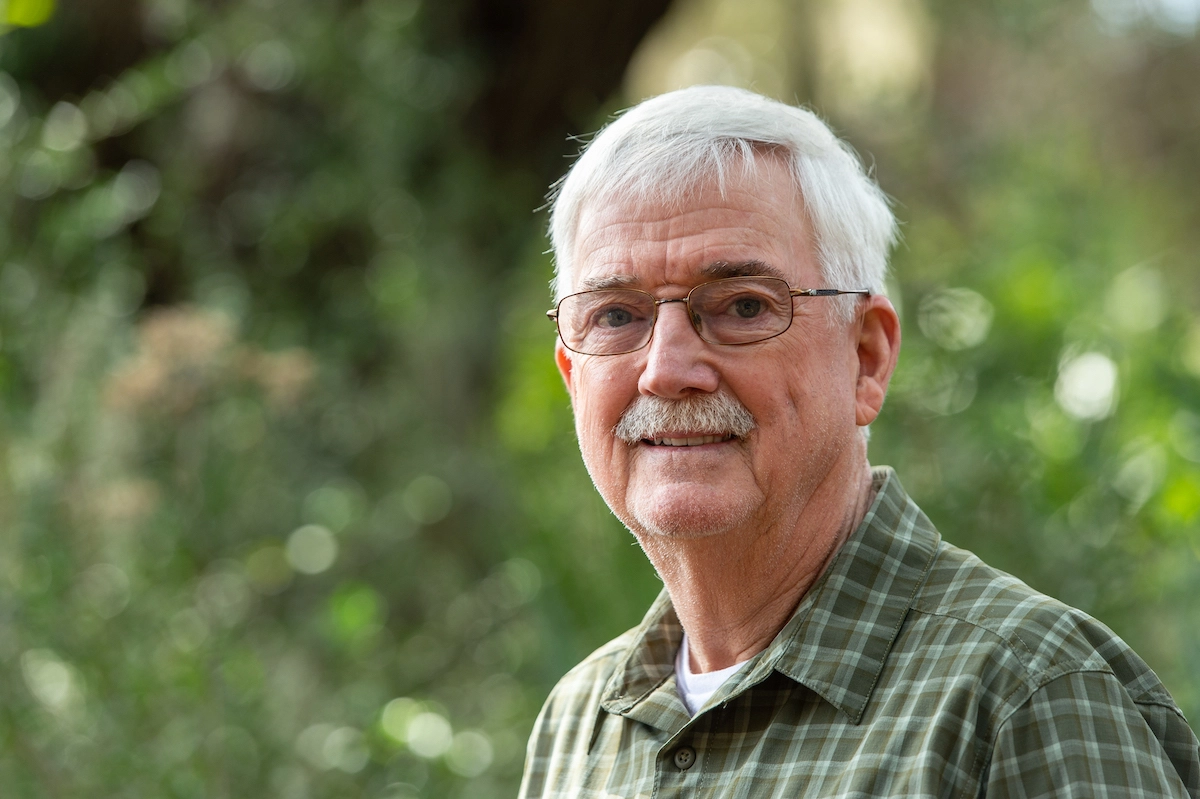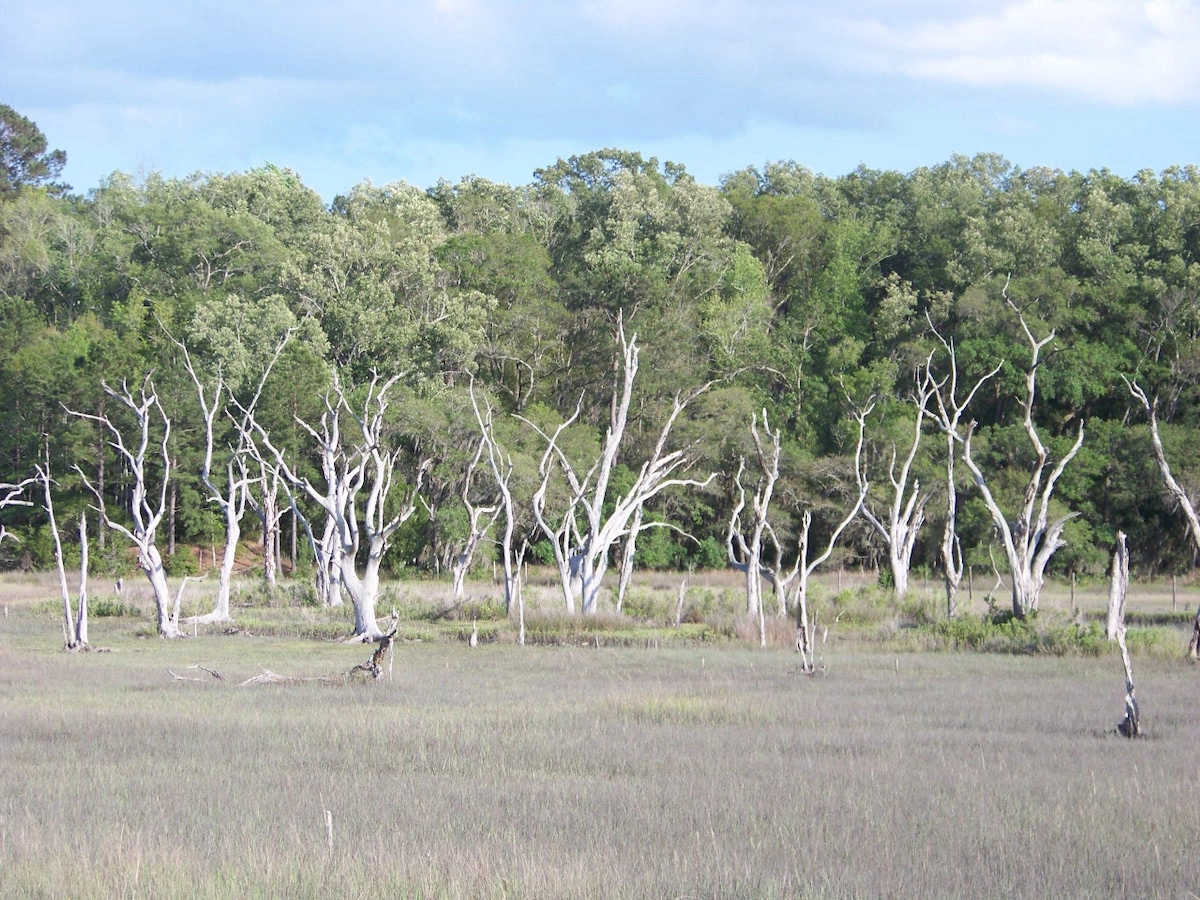By Kat Walsh
Parris Island. It’s not only where Marines are made, it’s also where major historical discoveries are made.
After years of searching, researchers recently uncovered the remains of the fort of San Marcos. Their discovery unlocks a lost piece of early North American history – and was made without moving a scoopful of soil.
The fort of San Marcos is one of five forts that had been built in the 1500s in the Spanish colonial town of Santa Elena, the remains of which were first uncovered almost 40 years ago.
The town of St. Elena had flourished, nearing 400 residents, since its establishment in 1566 by Pedro Menéndez de Avilés, who had founded Spanish La Florida and St. Augustine, Fla., the year before.
In 1571, St. Elena became the capital of Spanish Florida, and it remained the capital until 1576 when a Native-American attack forced the abandonment of the town.
In October 1577, Pedro Menéndez Márquez, the governor of Spanish La Florida, arrived at the abandoned town of Santa Elena with two ships carrying pre-fabricated posts and heavy planking.
He erected Fort San Marcos in six days in defense against another possible Native-American attack.
Fort San Marcos was a wooden fort with a central building containing storerooms and barracks with a large triangular gun platform on one end. It had 11 mounted cannons, the largest weighing more than 5,400 pounds.
After five years, the wooden posts surrounding the fort rotted, and a new fort, also called San Marcos, was built on the nearby shoreline and remained until its final abandonment in 1587 when the Spanish government decided to consolidate its resources in St. Augustine.
For decades, attempts to find the fort have failed, and it stayed hidden until new technology brought it to light.
“I’ve been looking for San Marcos since 1993, and new techniques and technologies allowed for a fresh search,” said Chester DePratter of the University of South Carolina, one of the two lead researchers. “Pedro Menéndez didn’t leave us with a map of Santa Elena, so remote sensing is allowing us to create a town plan that will be important to interpreting what happened here 450 years ago and for planning future research.”
After two years of research, DePratter and Victor Thompson, of the University of Georgia, were able to uncover the missing fort by employing a suite of remote-sensing technologies to look below the surface of the ground without actually digging.
Using ground penetrating radar, magnetometers and other technology, they sent radar pulses and electric currents into the ground and measured differences in local magnetic fields in search of the missing fort and to map the lost 15-acre landscape of Santa Elena and the buildings – a church, courts, shops, taverns and farms – that brought life to the early settlement.
Their discovery sheds new light on the oldest, most northern Spanish settlement in the Americas built to thwart French exploration into the New World.
“Santa Elena is providing once again an unprecedented view of the landscape. This is one of the best sites for remote sensing that I’ve ever had the privilege to work on,” said Thompson, who directs UGA’s Center for Archaeological Sciences.
DePratter believes Santa Elena is the best-preserved 16th century town in the country, in part because of its location, which is underneath a former military golf course that has no standing structures on it.
“The Santa Elena site’s remarkable state of preservation is a tribute to the stewardship of the U.S. Marine Corps, which has owned Parris Island since 1915,” he said.
“This work will allow us to tell the story of the land that would eventually become the United States. Santa Elena is an important part of this history that lends insight into how colonial powers in Europe vied for control over this corner of the New World,” Thompson said.
Top photo: Brandon Aitchison, left, and Mike Stenland, who are working on the St. Elena site on Parris Island with lead researches Chester DePratter and Victor Thompson, discuss where to search for the remains of the town of St. Elena on Parris Island. Tens of thousands of artifacts have been unearthed from the site over the past four decades. All photos by Bob Sofaly.
